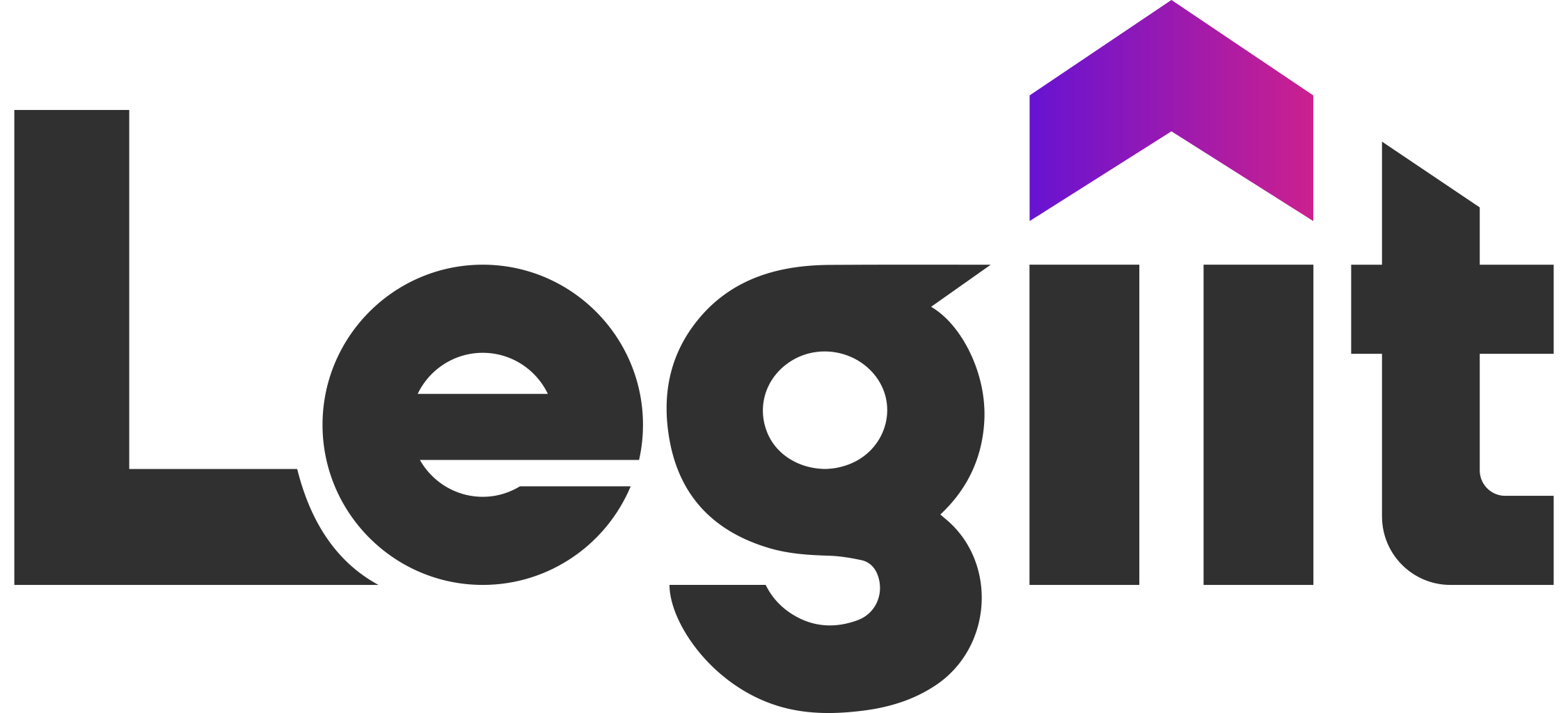After setting up your small business website, the real work begins.
The key to a successful online business is proper website management. That means keeping your site in tip-top shape with a clear plan in place.
It will enable your target audience to easily find your website online and engage with it, which results in them becoming your customers.
This is easier said than done because it takes lots of work to get your website off the ground. Thankfully, this post guides you through the process of getting the most out of your website. We'll also look into the best web management tools you can use for each step.
Let's begin!
Host Your Website on a Trusted Platform

When taking your business online, you just want to set up any website that you can show your prospects and customers.
However, not all websites are the same. It's because some are built on shoddy foundations.
In particular, creating a website on any web hosting provider, regardless of its reputation, could cost your business.
For starters, a web host is a server where you store your website files online. People can access your site from their browsers, then communicate with the server to load the files onto the browsers.
Web hosting is a simple concept that gets complicated once you consider the technology and specs used by your hosting provider.
Ideally, you want to host your website on a platform that seamlessly loads your site on all browsers, regardless of location. However, this isn't always the case, as some platforms load your website very slowly for several reasons.
To be fair, not all of them are because of the platform. But after fixing website speed issues on your end, it's time for the hosting platform to deliver. And in some cases, it fails to do so.
Fortunately, you can always make the change to a much better web hosting plan anytime. It's even better to do it sooner than later before your site gets bigger and more popular.
There are many web hosting platforms to choose from, so it's easy to make this mistake early on. Not even searching on Google would give you the best results—most of the pages you'll find here provide even mediocre hosting a positive review due to the enormous commission rate site owners will receive for every sale.
For what it's worth, Kinsta and WPX Hosting come in highly recommended among webmasters.
Migrating to these hosting platforms from your initial one can get complicated, especially if you're technologically challenged. But their excellent customer support should make things much easier for you.
Use a Customizable Content Management System

You can forego choosing a hosting platform and use site builders. They will host your website and help you design a professional-looking site using their drag-and-drop builder.
This seems like the best choice for many small business owners who want a quick and easy way to get a site up and running.
However, if you're looking to broaden your online business, the limitations inherent among site builders could put a damper on your plans.
At the cost of making creating sites easy, website platforms are very rigid—you can't make custom changes on your site unless their features allow you to.
This is why you need to go with a custom management system (CMS) that enables you to adjust and make changes as your business grows.
Among the different CMSs to choose from, WordPress.org is arguably the most popular one for a good reason.
It's a robust website platform where you use its default settings to create a beautiful website for your online business.
But there are two advantages of using WordPress for your online business. The first is customizability.
For starters, you can download free or buy premium plugins to manage your website even better. They can improve your website speed, make finding your site easier on search engines, connect with third-party apps to improve productivity, and more.
The other is support.
There are lots of resources available that can help your small business understand how to leverage their WordPress site better.
Even better, you can outsource your WordPress needs since there's a wealth of freelancers specializing in building and growing websites using this platform. The possibilities are endless!
If you have programming and design experience, WordPress.org lets you tweak its files to help you achieve the look and feel you want for your online business.
To be clear, WordPress.org is the self-hosted version of this CMS. WordPress.com, on the other hand, is a website platform that includes hosting, online marketing tools, and more. The latter is similar to website builders because it's easier to create a website with it but is impossible to customize.
With a self-hosted WordPress site, you can make the changes you feel necessary to make your site perform better and stand out from the pack.
Implement the Best Web Design Practices

Part of building a website is making sure it matches your brand.
We're not just talking here about the appearance of your site—we're also referring to your business objectives and goals. All these factors should be evident from your website to help make it more distinct from the rest.
This is where web design comes into play as it deals with your site's user interface (UI) and user experience (UX).
The goal of a website designer is to make it easier for visitors to navigate your site and find the information they're looking for.
Aside from using the right color combination and making your site look pleasing to the eyes, web design concerns itself with information architecture, i.e., how your content and pages flow from one another.
Another aspect of web design is site speed. Even if you have the best-looking website in the market, people won't stay long on it if it doesn't load fast enough.
Striking a balance between a good-looking and fast-loading website is key to making easy-to-navigate pages that maximizes website retention and conversion.
If you have a WordPress website, the Elementor plugin helps you design beautiful web pages without bloating them up with necessary code.
The free version should be good enough to help you create compelling pages your visitors want to visit. Its paid version, on the other hand, is chockful of features that make the most out of your site's layout and interface.
You could design the pages yourself using the plugin, but hiring a web designer with Elementor installed helps you achieve your website goals faster.
Optimize Your Site for Search Engines

After creating your business, attracting more traffic to it is the next order of business.
One of the best ways to do this is by making your site appear on Google results for your search phrases.
This practice, also known as search engine optimization (SEO), focuses on helping search spiders understand what your web pages are about. Once they do, spiders can index your pages on search engine results pages (SERPs) for their respective keywords.
Optimizing your site for relevant keywords in your business helps you reach out to your potential customers and convert them.
When implementing SEO on your site, you must first conduct keyword research to identify search queries your audience types in on Google. You can then develop a plan for creating content for each keyword.
Next, you must build backlinks to your money pages, considered the most influential SEO ranking factor. They can help boost their rankings and generate more conversions from it.
On top of this, you must continually audit your website for issues you must resolve. Fixing them makes crawling and indexing your site for search engines much more efficient.
Among digital marketing practices, SEO is arguably the most complicated. It involves deep research and patience before you can see the fruits of your labor.
To help make the process much bearable, SEMrush unearths data you use to develop your SEO strategy.
You can find how many searches a keyword has. This way, you can focus on keywords with the most search volume so more people can find you on search engines.
There's also a feature for researching your competitors so you can reverse-engineer their data and implement the successful tactics they used on your website.
Produce Content at Scale

It would help if you created content targeting keywords relevant to your business, as mentioned in SEO.
Well-written web copy and blog posts are no longer enough to help you rank on search engines. Google and others have gotten smarter when determining which pages should appear on top of SERPs.
Some of the factors here include knowing the keyword intent.
Writing content that aligns with what users expect when searching for a keyword allows them to get what they want and need, whether learning about something or making a purchasing decision. This results in higher retention and conversion rate.
Another variable in content creation is topic clustering.
Search engines rank small business websites higher on search results if they display expertise in a specific topic. So, producing multiple articles covering the topic from different angles is encouraged by Google.
Finally, it's always important to optimize your content for your target keyword. This time, you also need to include natural language processing (NLP) or entities that directly relate to the keyword.
Mentioning these in the content allows Google to understand your content better and helps determine which keyword to rank the page and for which position.
One of the best content optimization tools in the market is Surfer SEO. Upon entering your target keyword, the tool lists down all the NLP keywords you should mention in the content.
It also cross-references your content with the top-ranking pages for the search term to create similar or much better content than your competitors.
Build a Community on Social Media

Another traffic source your website can tap into is social media.
Initially, you want to launch a paid ads campaign to help squeeze in as much website traffic and conversions as possible upon setting up your site.
But constantly bidding for keywords make paid ads the least cost-effective compared to other tactics. This is especially true if you're working on a shoestring budget.
You could mobilize your audience to form a vibrant community with you on your chosen platform to leverage social media.
To do this, you must first identify the social channel where most of your target audience resides. Then, looking at your buyer persona and target demographics should give you an idea of which platforms they're using.
From here, you must develop a calendar where you publish social media posts encouraging people to follow your brand.
You can share the latest website articles, industry insights, or even posts from other websites with your comments. You can even launch surveys and polls to further engagement levels.
To save you time, you can bulk-schedule these posts at once using social media management tools like Agorapulse.
You can create evergreen posts scheduled for publishing months ahead of time.
The tool also has social media features to help you foster better relationships with your audience.
Its social inbox helps you manage all direct messages from multiple channels in a single dashboard. You can also monitor mentions of your brands on social media so you can respond and join in the conversation.
Monitor Result

Website management is not complete without gathering and interpreting the results of your website performance.
Knowing what worked and didn't over time helps you make informed changes to serve your audience better. This way, you can maximize your client acquisition by running highly targeted marketing strategies and campaigns.
One way to do this is by looking at your Google Analytics (GA). Here, you'll see how much traffic you've received from multiple sources in a period.
Other variables such as dwell time, bounce rate, and event goals (that you must set up manually) unearth insights about your website that you wouldn't know beforehand.
Google Search Console (GSC) works the same way as GA but focuses more on search traffic. Here, you can see which queries your site generates the most traffic from.
It also catches issues your site currently has that are making crawling and indexing your website more difficult.
Some of the tools featured above also have reporting features you can use for additional reference.
For instance, checking your site's backlink data on SEMrush enables you to correlate the increase in referring domain and increased search traffic in a set time.
Conclusion
Website management is a crucial component of your online business. Small businesses must allocate the necessary resources to handle their website with proper care.
This article strives to be a step toward that direction. Providing you with information on managing your website on different levels helps you get the most out of its performance.
You can implement the practices on your site, or you can always hire a freelancer with years of experience observing these for you. This allows you to focus on your business as it operates on autopilot. Good luck!













 Download
Download